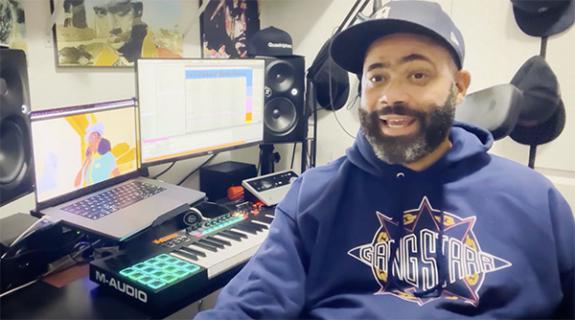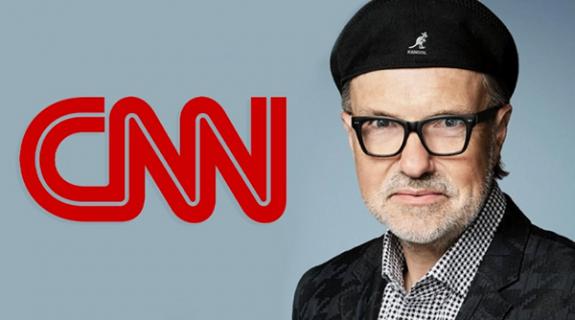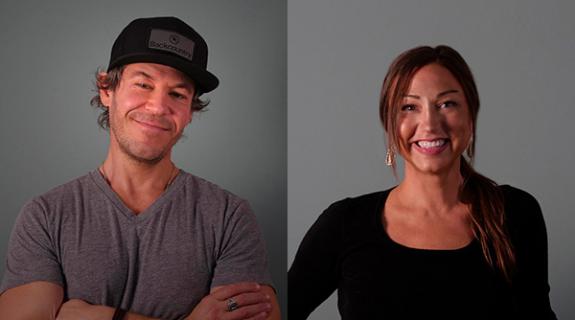In the past decade, YouTube has become much more than a clip-based cluster of videos – it’s now home to some of the most successful and well-known programming in the entertainment space.
Digital Hollywood gathered some of these industry leaders for The Power of YouTube session Monday, with representatives from YouTube, content creators and data marketers, all of whom discussed where the site’s focus is now.
Paul Snow, of YouTube’s West Coast entertainment partnerships, says the site’s biggest priority is to enhance the experience for the site’s immense amount of entertainers.
“The most important thing for us is that people that have built a home base on YouTube are successful,” he said, adding that part of that plan is ensuring that characters on YouTube are able to “fulfill their creative ambitions” with YouTube’s help. This includes happy hours at the YouTube space for networking, creative spaces across the country available to creators and a recent marketing campaign, complete with ads and billboards for many of its brands and performers.
T.J. Marchetti, CMO of AwesomenessTV, says that this ambition serves multichannel networks. AwesomenessTV, a channel and platform that appeals to the teens and tweens demographic, currently has more than 90,000 creators, and Awesomess only plans to keep growing. It has a record label with an EP coming out soon, a clothing line at Kohl’s department store, and a publishing strategy that so far includes two books. All of this is to push what Marchetti says has become “a Gen Z marketing company” on one of today’s most popular platforms.
When asked how to best promote YouTube content, the panelists agreed on the tried and true method of following their followers. Larke Paul, senior director, creator of program and partnerships at DEFY Media (which controls popular YouTube brands like SMOSH), says this is first and foremost about making sure their content makes sense on the platforms their audiences choose (so long-form content shouldn’t be on Twitter, etc.). “It’s all about figuring out how to go with each audience that has different favorite places where they like to engage – social, mobile, set-top box, gaming, anywhere.”
Putting money where its mouth is, DEFY, in co-production with AwesomenessTV, is about to debut its full-length movie for SMOSH, featuring a comedy duo that made its name with shorts and is now heading to the big screen.
“We have a core audience on YouTube, but the audience is fickle – they’re going to want to be with the content on their most favorite platform, so how do we deliver that content on that platform in a way that makes sense?” Paul said.
Adam Goldstein, director of business development at ZEFR, helps TV and film brands optimize their content online by realizing the power of YouTube’s users. The company’s original idea was to help film companies who weren’t getting enough out of the platform, posting clips that were quickly overshadowed by fan and other unregistered content.
“We view ourselves as a technology company,” Goldstein said, “as the guys behind the guys that help other companies to get more value out of the platform.”
ZEFR now works with the studios, TV networks and their fans to get the most value out of those same clips, using influencers to enhance visibility and then understand the data of who views those spots for their next campaigns.
“Data is a huge part of what people care about, and YouTube is an amazing place to understand your audience.”
Digital Hollywood’s panel Monday afternoon, Broadcasting without Borders, went one step further, talking about how to best integrate ad dollars into original content online.
“We’re in a race to control eyeballs and attention,” said Moderator Ann Greenberg, founder and chief tinkerer at Sceneplay. She asked the panelists how they work with brands to create authentic advertising on digital platforms, and how to catch a viewer’s attention.
“In an attention economy, you have to be where people’s attention are,” said Ted Mico, COO/Worldwide of Mirriad, a video technology company that inserts products and signage into online video.
“Accept the fact that people are doing a thousand different things and that maintaining their attention is incredibly difficult. The most effective form of ad skipping is just turning your neck, just turning away.”
Oren Katzeff, head of programming at Tastemade, said that part of cutting through that clutter is to make sure branded content is genuine and smoothly aligns with the original brand.
“On its own, it’s got to be an engaging piece of content, [but it also] has to be in your brand,” he said. “You’ve amassed this audience for a reason, they like you and they trust you.”
Tags:



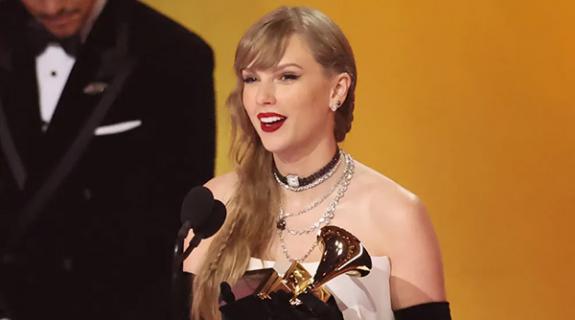
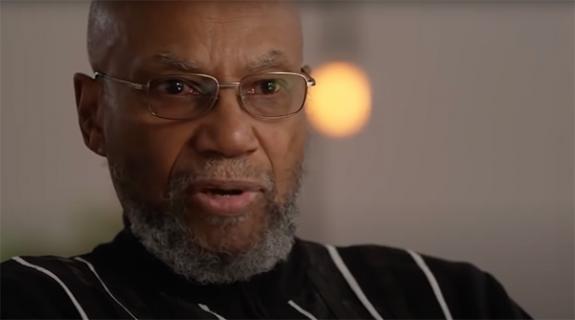
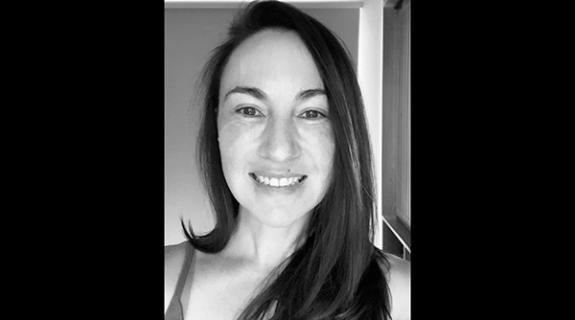
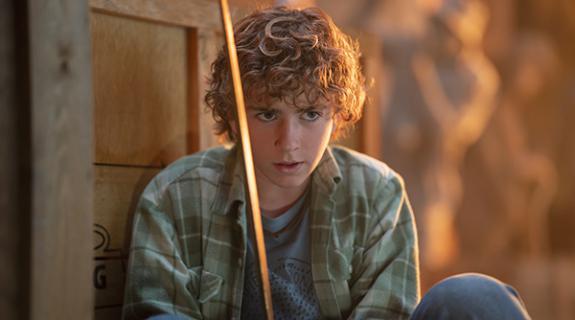

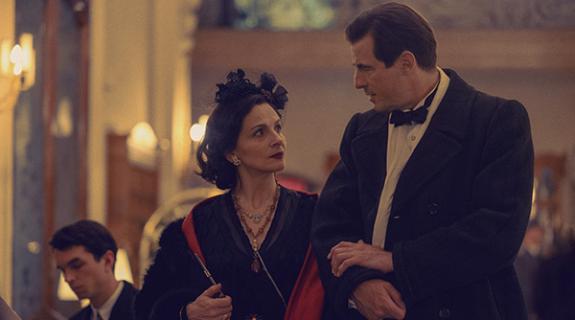
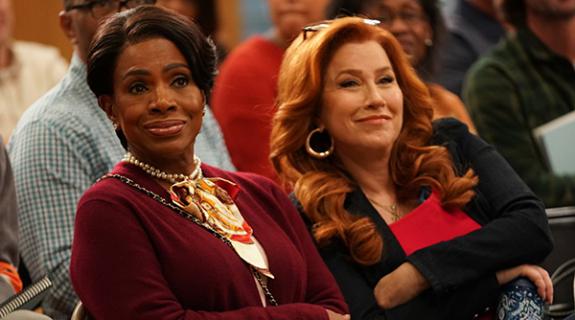
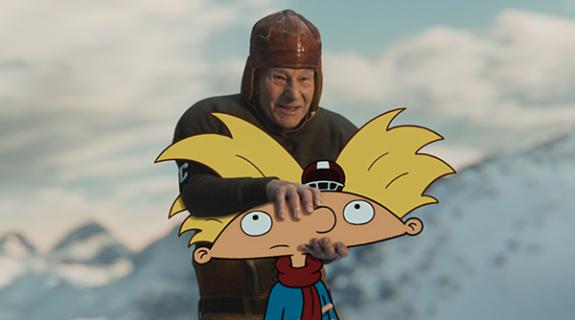

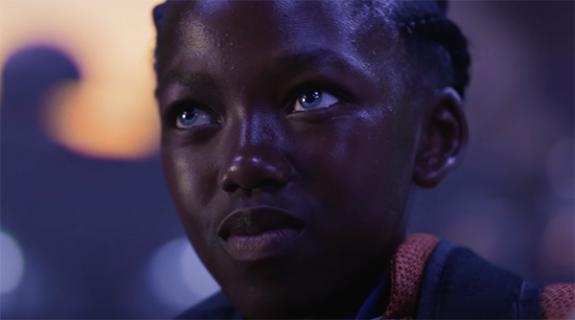

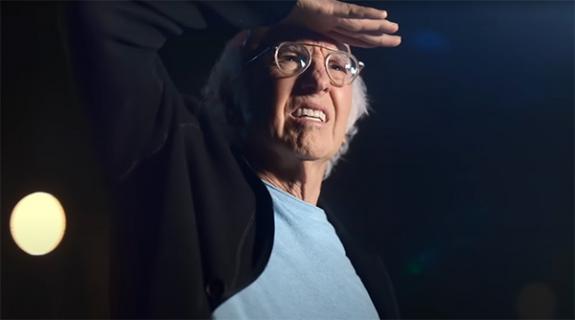


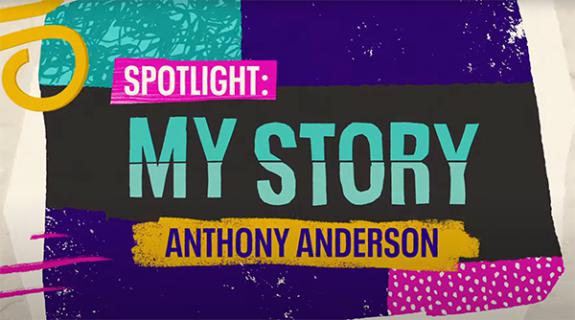
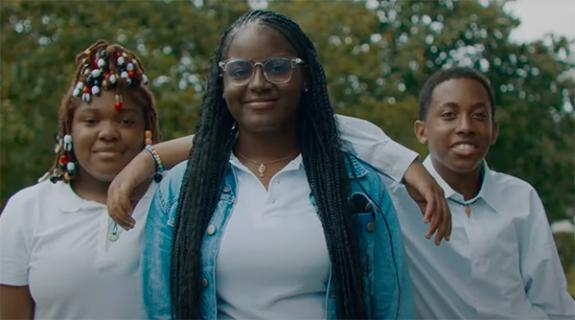
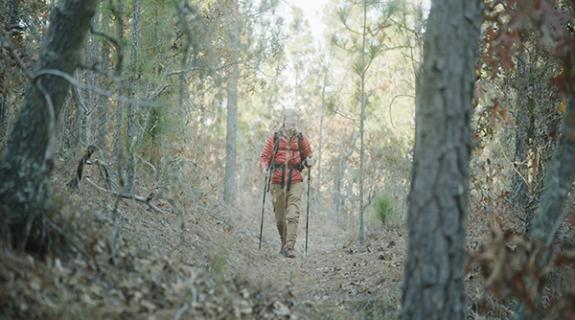



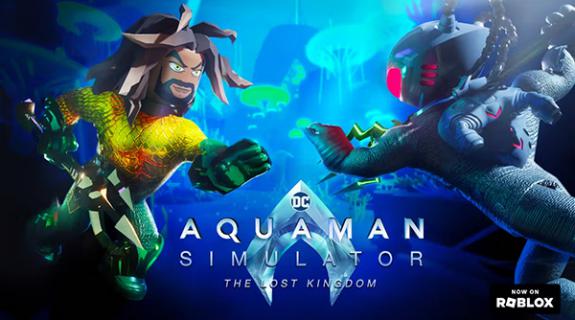
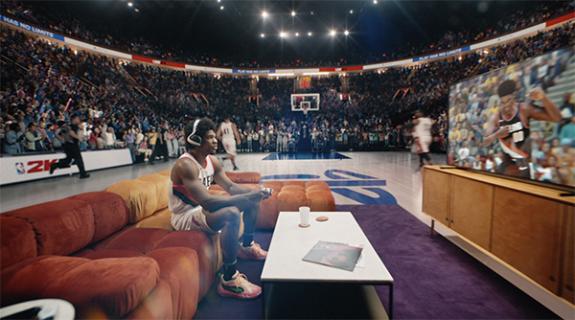
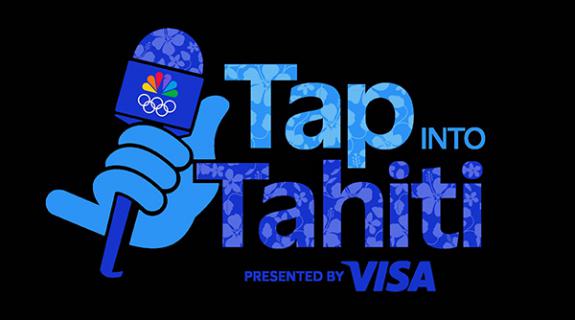
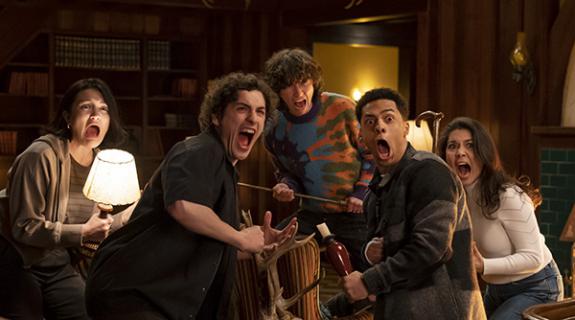
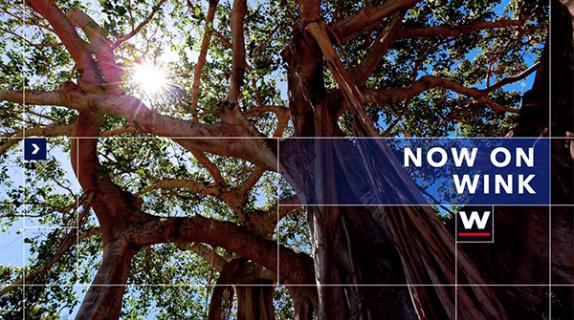

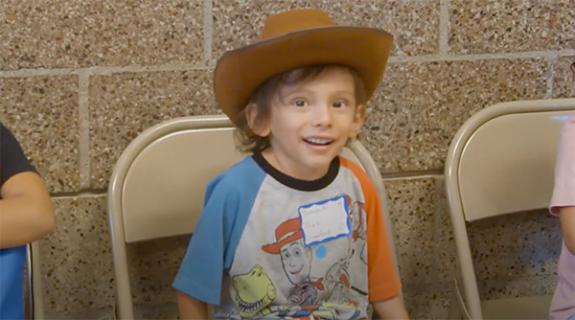



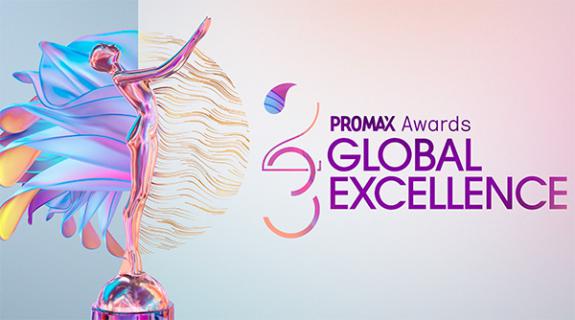

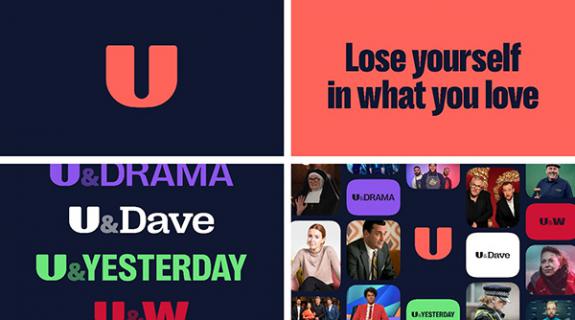



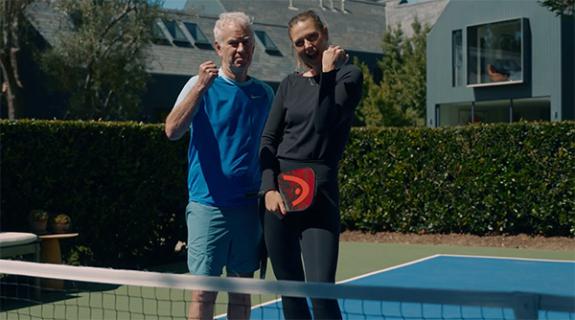


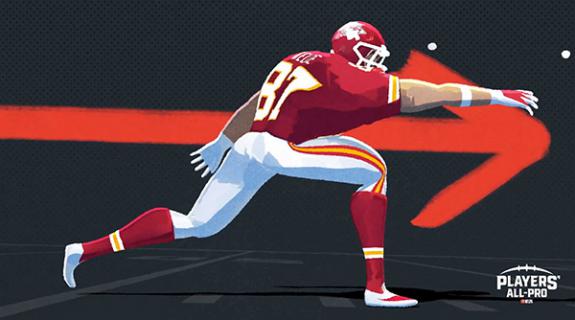

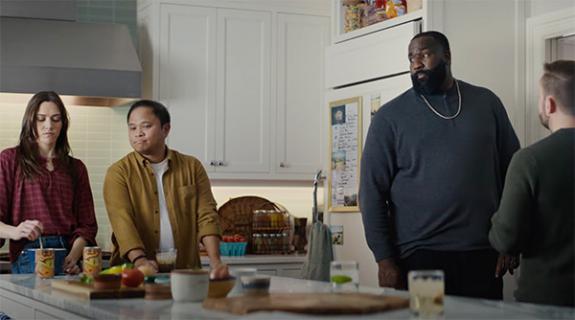
__twocolumncontent.jpg)

